Exploring China’s Bamboo Forests: Serenity and Scenic Beauty
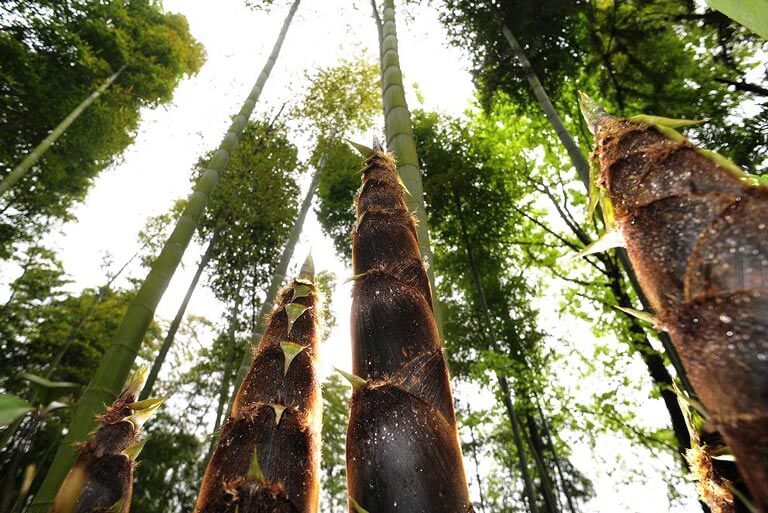
Imagine stepping into a world where towering green stalks sway gently in the breeze, creating a natural symphony of rustling leaves and filtered sunlight. This is the enchanting realm of China bamboo forests, a hidden gem for travelers seeking tranquility amid nature’s embrace. As a land of diverse landscapes, China boasts some of the world’s most breathtaking scenic bamboo groves, offering perfect China nature escapes that blend adventure with serenity. Whether you’re a culture enthusiast drawn to ancient traditions or an adventurer craving fresh air, these forests promise unforgettable experiences.
Here at jusha.travel, we love sharing tips to make your China journey unforgettable! In this post, we’ll dive into the magic of bamboo travel China, highlighting top destinations, cultural insights, and practical advice for your China forest adventures. From ecological wonders to serene hikes, discover why these groves are must-visit spots for any China itinerary.
Understanding the Vast World of China’s Bamboo Forests
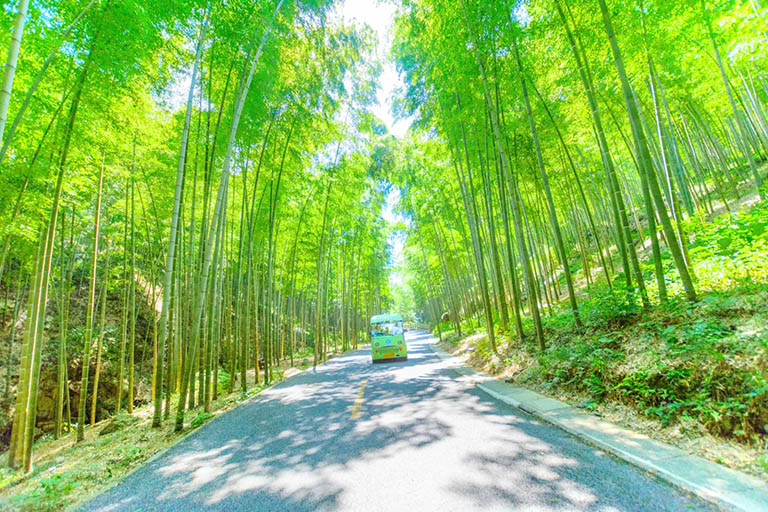
China’s bamboo forests are more than just picturesque backdrops; they are ecological powerhouses spanning the country. According to recent statistics from the State Forestry and Grassland Administration, these forests cover approximately 7.5627 million hectares, making up 3.31% of China’s total forest area. Distributed across 20 provinces, the eight major ones—Fujian, Jiangxi, Hunan, Zhejiang, Sichuan, Guangdong, Guangxi, and Anhui—dominate the landscape, providing habitats rich in biodiversity.
The diversity is staggering: China is home to 861 species from 43 genera, positioning it as a global leader in bamboo resources (BioResources). Moso bamboo, the most prevalent type, covers about 69.78% of the area, with provinces like Fujian and Zhejiang leading the way. These China bamboo forests thrive in subtropical climates, offering cool shade and fresh air that make them ideal for China nature escapes.
But what makes them so special? Beyond their scenic beauty, bamboo forests play a vital role in carbon sequestration and soil conservation. As you wander through these groves, you’ll feel the serenity that has inspired poets and artists for centuries. For those planning bamboo travel China trips, understanding this foundation enhances appreciation—think of it as nature’s own green cathedral, inviting quiet reflection.
- Fun Fact: Bamboo grows up to 91 cm in a day, symbolizing resilience in Chinese culture.
- Travel Tip: Visit during spring or autumn for milder weather and vibrant greenery, avoiding summer rains.
Top Destinations for Scenic Bamboo Groves and Forest Adventures
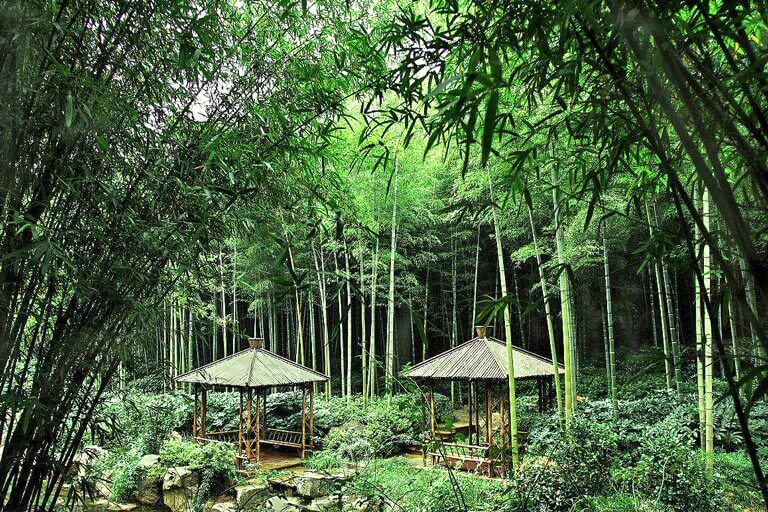
Ready to embark on China forest adventures? China’s bamboo hotspots offer diverse experiences, from misty hikes to cultural immersions. Let’s explore some iconic scenic bamboo groves that should top your list.
Start with the Shunan Bamboo Forest in Sichuan Province, the world’s largest natural bamboo scenic area. Spanning vast mountains, lakes, and waterfalls, it’s a paradise for ecological tourism. Often featured in films, this spot blends adventure with awe-inspiring views—perfect for hikers seeking China nature escapes (China Discovery). Nearby, you can pair your visit with a trip to Leshan’s Giant Buddha for a mix of nature and history.
In Zhejiang Province, the Anji Bamboo Sea covers 60,000 hectares and is just a short drive from Shanghai. Famous for its role in the movie Crouching Tiger, Hidden Dragon, it offers cable car rides through the canopy and serene paths for contemplation. For bamboo travel China enthusiasts, Anji’s rural charm provides a refreshing break from urban hustle (Expats Holidays).
Don’t miss Yixing Bamboo Forest in Jiangsu Province, known for its crisp air and bamboo-infused cuisine. Pair your strolls with visits to nearby tea plantations—imagine sipping fresh green tea amid swaying stalks. Further south, Chashan Bamboo Sea in Chongqing, site of House of Flying Daggers filming, combines bamboo with tea gardens for a cultural twist.
For a cooler escape, head to Chishui Bamboo Sea in Guizhou Province, boasting over 3,000 hectares of forests around pristine lakes. It’s an ideal summer retreat, with opportunities for boating and picnics. These destinations highlight the variety in China bamboo forests, ensuring every traveler finds their slice of serenity.
If you’re into active pursuits, consider linking your bamboo adventure with cycling routes through China’s scenic areas for an extended outdoor thrill.
The Cultural and Ecological Heart of Bamboo in China
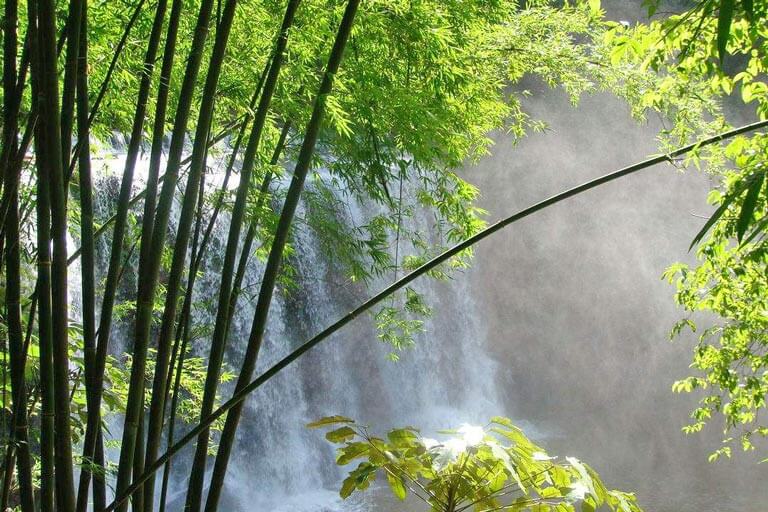
Bamboo isn’t just scenery in China—it’s woven into the cultural fabric. For millennia, it has symbolized integrity and humility, appearing in poetry, paintings, and crafts. Traditional uses range from flutes and furniture to architectural elements in ancient homes. In literature, scholars like Su Shi praised bamboo’s resilience, mirroring Confucian values of flexibility amid adversity.
Today, these scenic bamboo groves support local economies through sustainable harvesting for paper, textiles, and eco-products. Ecologically, they bolster biodiversity, hosting rare species and aiding flood control. The State Forestry Administration promotes conservation, ensuring these forests thrive for future generations (WRI Publications).
Culturally, bamboo inspires festivals and crafts. In Anji, you might encounter bamboo weaving workshops, while in Sichuan, taste bamboo shoots in hotpot—a delicacy that’s both nutritious and tied to local harvest traditions. For foodies, this ties into broader China nature escapes, where nature’s bounty meets culinary innovation. Explore how technology enhances these experiences, like apps for guided hikes or drone views of the groves.
Diving deeper into Chinese culture? Check out our post on Guangdong’s creamy delights to see how natural ingredients shape regional foods.
Practical Tips for Your Bamboo Forest Journey
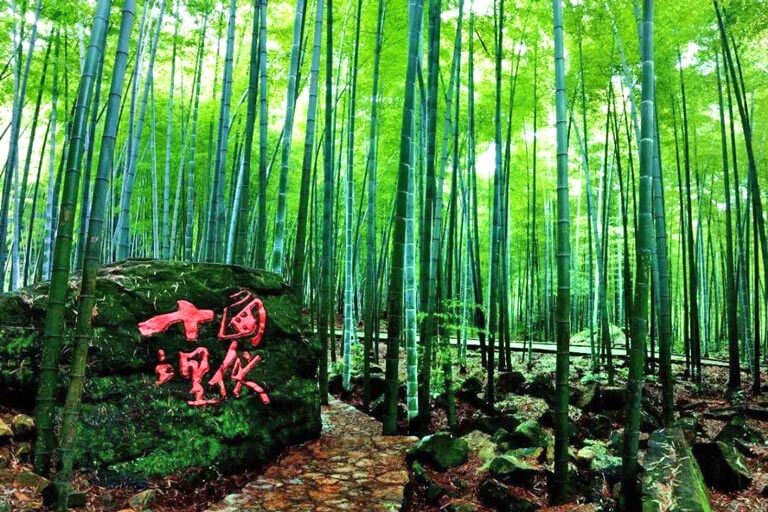
Planning China forest adventures requires thoughtful preparation to maximize enjoyment. First, consider transportation: High-speed trains connect major cities to bamboo sites efficiently—Anji is reachable in under three hours from Shanghai. Budget-wise, entry fees range from 50-100 CNY, with guided tours adding 200-500 CNY. For families, factor in costs like our family budget guide to keep things affordable.
What to pack? Comfortable hiking shoes, insect repellent, and a reusable water bottle—bamboo areas are humid. Respect nature by sticking to paths and avoiding litter; many sites promote eco-tourism. For cultural sensitivity, learn basic phrases like “xièxiè” (thank you) to engage locals warmly.
Technology tip: Use apps like Trip.com for bookings or WeChat for payments. If splurging, opt for a luxury stay near the forests, as discussed in our luxury travel comparison. For active travelers, these groves pair well with coastal explorations, like Shanwei’s tech-infused coasts or Hong Kong’s seafood havens.
- Best Time to Visit: Avoid peak holidays like Golden Week for fewer crowds.
- Safety Note: Check weather apps; misty paths can be slippery.
- Sustainable Choice: Support local by buying bamboo crafts.
These tips ensure your bamboo travel China is seamless, allowing you to focus on the serenity.

Embracing the Serenity: Why Bamboo Forests Captivate
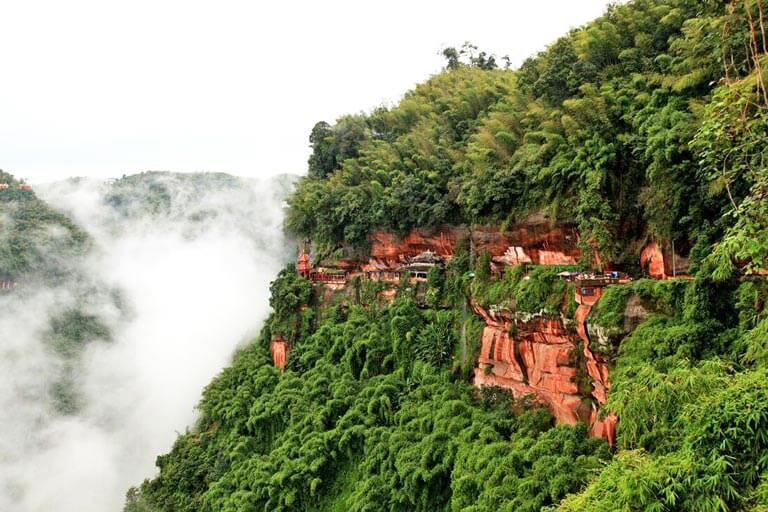
China’s China bamboo forests offer a profound escape, where scenic bamboo groves foster mindfulness and connection to nature. From Shunan’s majestic expanses to Anji’s film-famous paths, these destinations enrich any itinerary with beauty and depth. Ecologically vital and culturally rich, they remind us of China’s harmonious balance between humanity and environment.
As you plan your next trip, let these forests inspire China nature escapes that rejuvenate the soul. Here at jusha.travel, we’re passionate about guiding you through China’s wonders—whether through serene groves or bustling cities.
Have you wandered through a bamboo forest? Share your stories in the comments below! For more inspiration, visit jusha.travel and explore related articles like our cycling adventures or budget tips. Your China journey starts here—let’s make it unforgettable!

